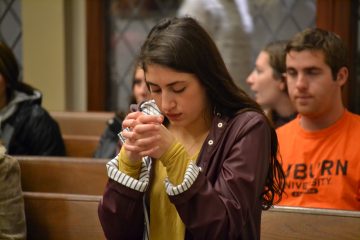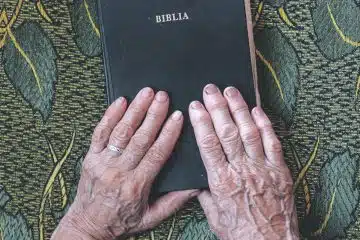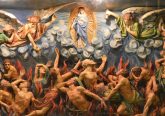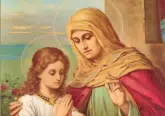Question of Faith: Does the Church Censor Books? Impetus is on the Reader
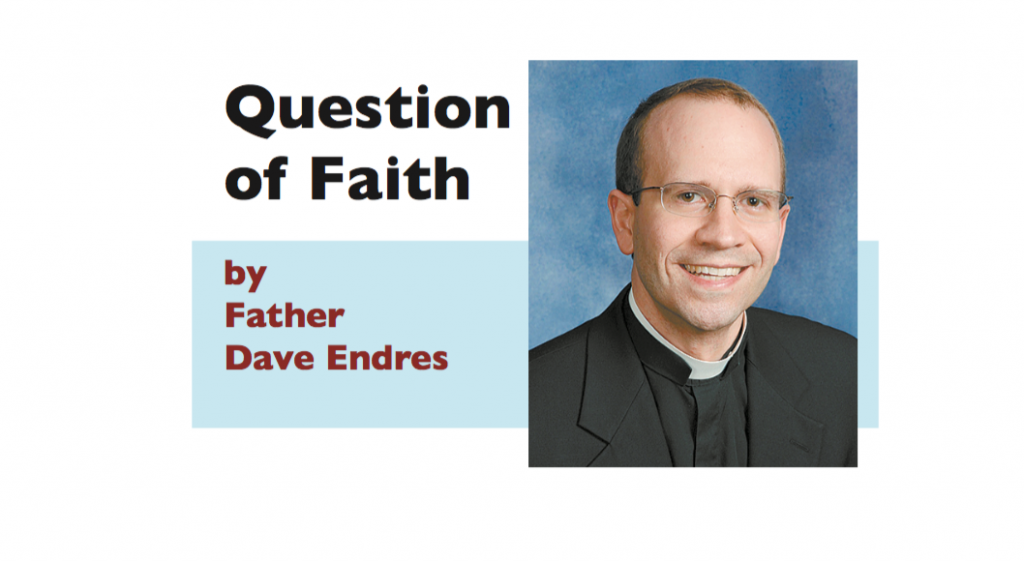 Q: It is difficult to know when shopping for books in a store or online whether a book’s content is contrary to the faith. Does the Church still censor books? If so, what is the best place to check if a book or an author has been censored by the Church?
Q: It is difficult to know when shopping for books in a store or online whether a book’s content is contrary to the faith. Does the Church still censor books? If so, what is the best place to check if a book or an author has been censored by the Church?
No database of books censored by the Church exists. In most cases, there is not a definite way to know whether a book is in keeping with Catholic teaching. As with other types of literature, one must judge a text according to its content (and often according to the reputation of its author, publisher and reviewers).
But this has not always been the case. The Church’s understanding of its role in safeguarding its members from errant teachings has developed over time. Historically, the Church placed the works considered most dangerous on the “Index of Forbidden Books.” These books were to be read with caution. They were not always kept from the faithful; in fact, many of them could be found in the libraries of Catholic universities, seminaries and religious houses. But they were classified in such a way to warn the reader that the content differed from the Church’s teachings. As approaches to inquiry changed, the “Index” lost its purpose.
However, there remains an assurance that specific texts, especially those used in educational purposes, are in conformity with Church teaching. “The Code of Canon Law” stipulates, for instance, “Books dealing with matters concerning sacred Scripture, theology, canon law, Church history, or religious or moral subjects may not be used as textbooks on which the instruction is based, in elementary, intermediate or higher schools, unless they were published with the approbation of the competent ecclesiastical authority” (canon 827 §2). Since the diocesan bishop may decide which kinds of writings should be reviewed, authors of other texts, especially books of prayers, or writings about religion or morals meant for public distribution, may also be asked to submit their works for review.
If appropriate, an author or publisher may apply for permission to publish. The material is reviewed by a censor at the level of a diocese in the place of the text’s publication. Receiving permission does not mean that the censor approves of all the opinions expressed in the book, but only that there is nothing contrary to Church teaching. Approved works may indicate (usually printed along with the publication information after the title page) that the book has received the nihil obstat (literally, “nothing contrary”) and the imprimatur (“let it be printed”).
Historically, many Catholic texts received the nihil obstat and permission to publish. Today, very few publishers submit their materials to secure approval.
There are other methods to maintain correctness of teaching. Textbooks used in Catholic high school religion courses, for instance, are assessed to make sure they are in conformity with the “Catechism of the Catholic Church,” a process developed by the U.S. bishops working with Catholic publishers to ensure the appropriateness of the content of religious education.
Today, the lack of a nihil obstat or imprimatur, especially considering that they are rarely applied for, does not often mean a text is contrary to the faith. It is primarily the task of the individual to determine whether a book is in conformity with Catholic belief. As with other kinds of literature, the Catholic reader should discern whether the content of a book dealing with the faith is in accord with the Church’s teaching.





